Nestled in the heart of India, Kanha National Park stands as a vibrant testament to the country’s rich biodiversity. Known for its significant tiger population, the park is not just a wildlife enthusiast’s paradise but also a beacon for conservation efforts. I visited the park again in end of January 2024. This blog post aims to take you on a virtual safari through the lush landscapes of Kanha, highlighting its wildlife, experiences, and the magic of being in the wild. The main attraction here is the tiger and the Bara Singha.
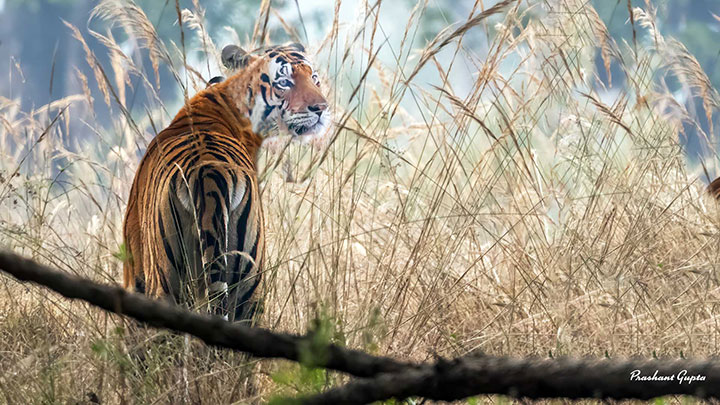
Once on the verge of extinction, thanks to the conservation efforts, the Barasingha is once again visible here in sizeable numbers and this is the only place in the world where you can see it.
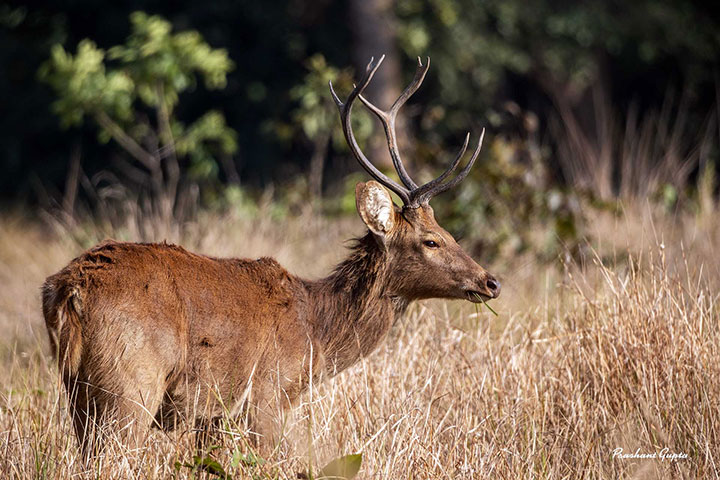
Kanha National Park, located in the Madhya Pradesh state of India, is one of the largest and most well-maintained National Parks in Asia. This majestic park, spread over 940 sq km, inspired Rudyard Kipling’s famous novel, “The Jungle Book.” Its mix of sal and bamboo forests, rolling grasslands, and meandering streams create a diverse habitat that supports a variety of wildlife species.
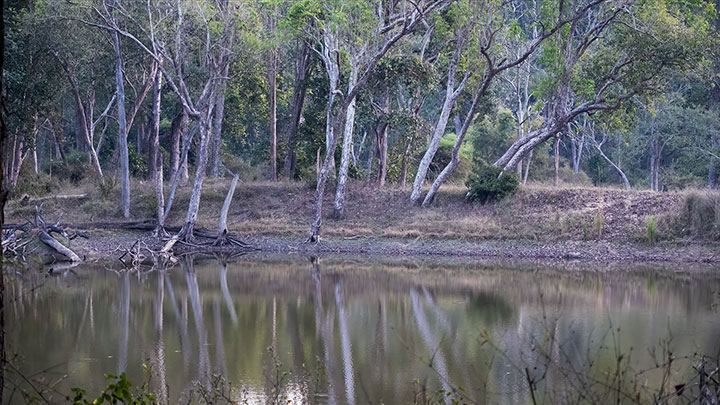
The park is renowned for its tigers. However, it’s also home to a plethora of other wildlife. The Barasingha, or swamp deer, is Kanha’s signature animal, saved from near extinction in this very park. Besides these, leopards, wild dogs (dholes), Indian gaurs, and more than 300 bird species add to the park’s biodiversity. A safari in Kanha can be a mesmerizing experience, where every turn can unfold a new facet of nature’s wonders.
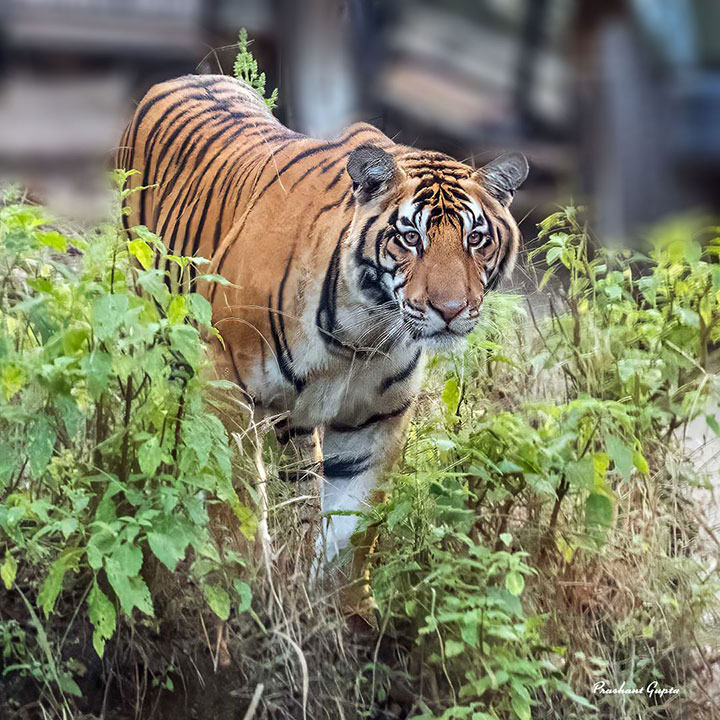
The star attraction of Kanha National Park is undoubtedly the Bengal Tiger. These majestic big cats are not just a symbol of the wild’s raw power but also of the conservation successes in India. Observing a tiger in its natural habitat, whether it’s lounging under the shade or on a hunt, is an unforgettable experience and a common highlight for visitors to Kanha. Mostly these remain elusive and you need good luck to get a fleeting glance. We were lucky and saw them to be able to get some record shots.
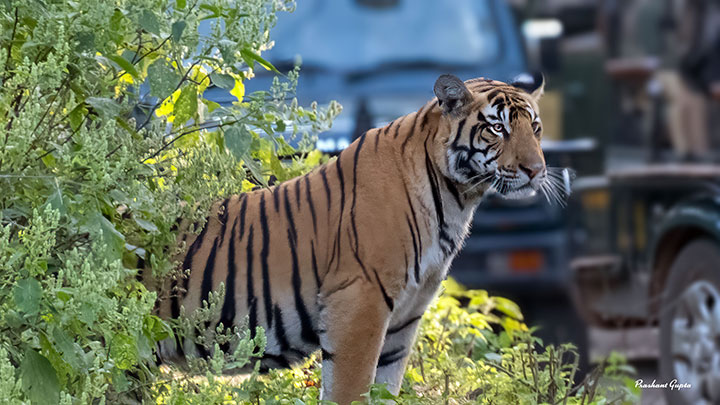
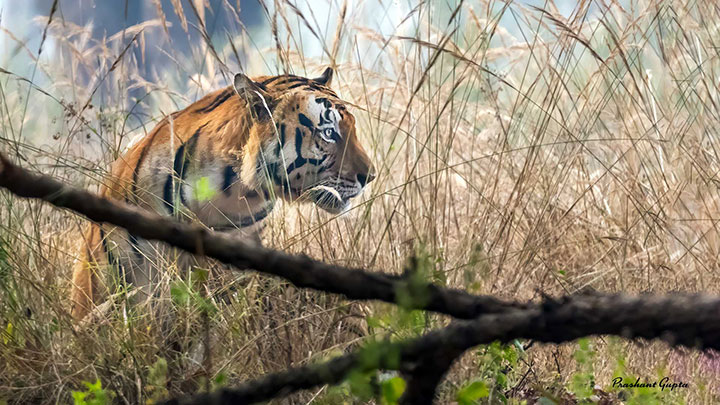
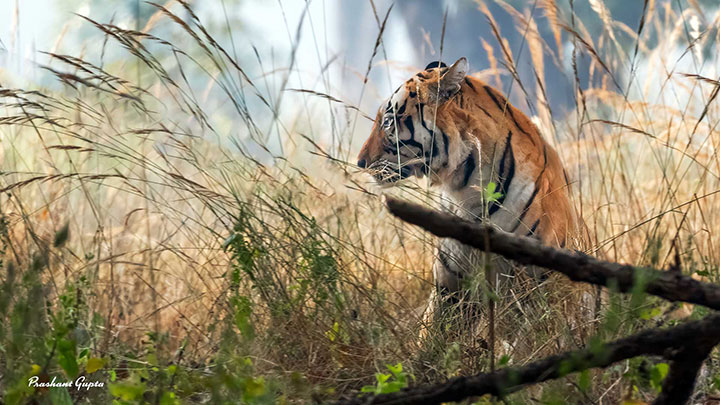
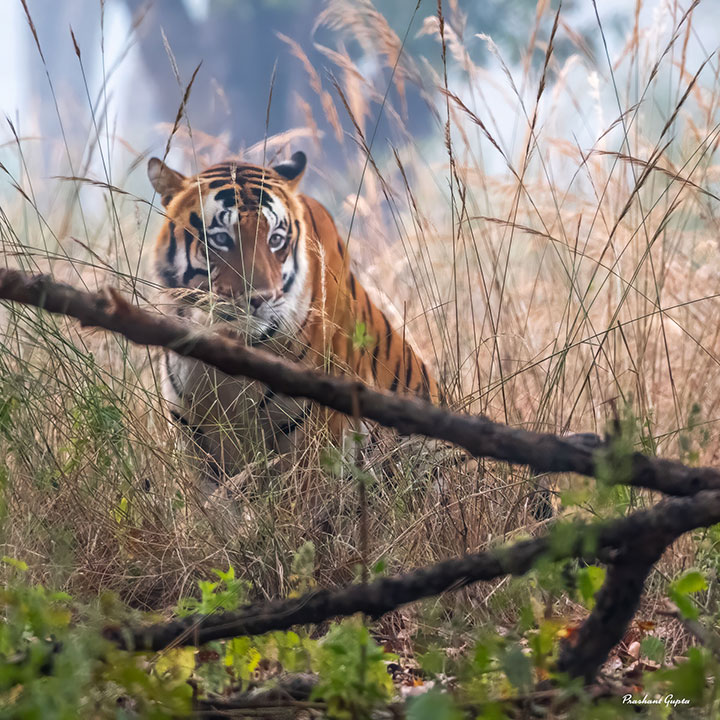
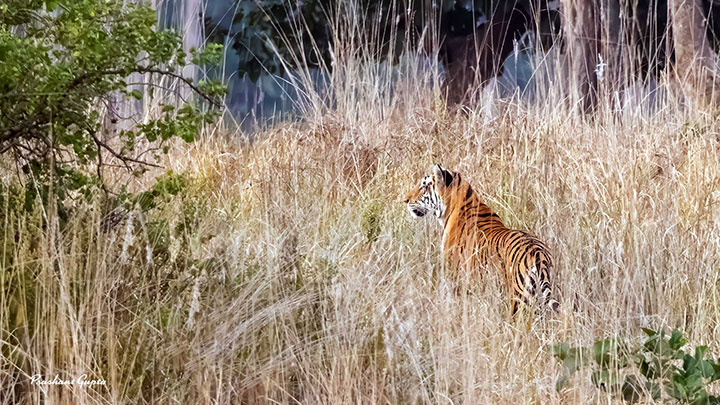
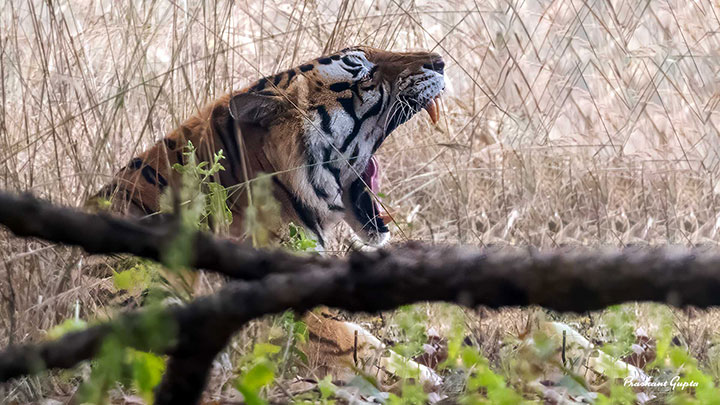
The Barasingha, or the swamp deer, holds a special place in Kanha. It’s the park’s signature species and is found nowhere else in the world. These graceful deer are known for their large antlers with 12 or more tines. Once on the brink of extinction, they are a conservation success story, thanks to the dedicated efforts of the park authorities.
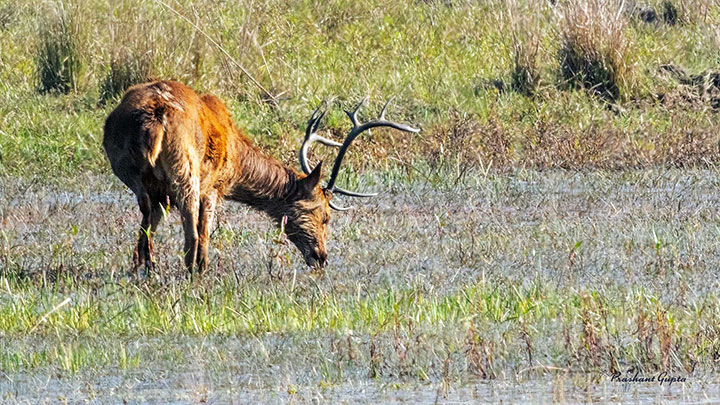
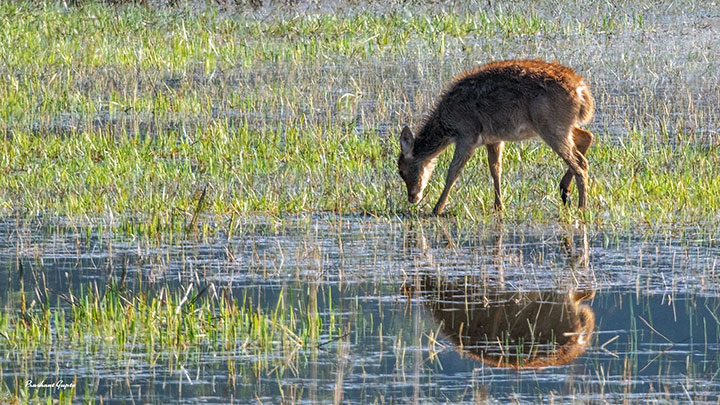
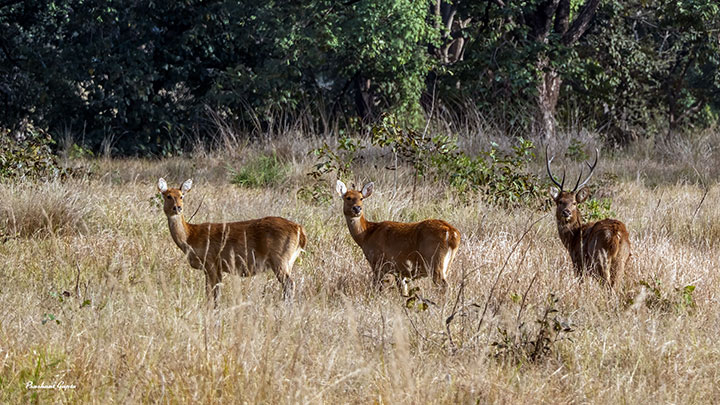
The Indian Gaur, often referred to as the bison, is one of the largest bovines in the world. These gentle giants, with their towering physique and muscular build, roam the forests of Kanha, often seen grazing in the meadows or among the thickets.
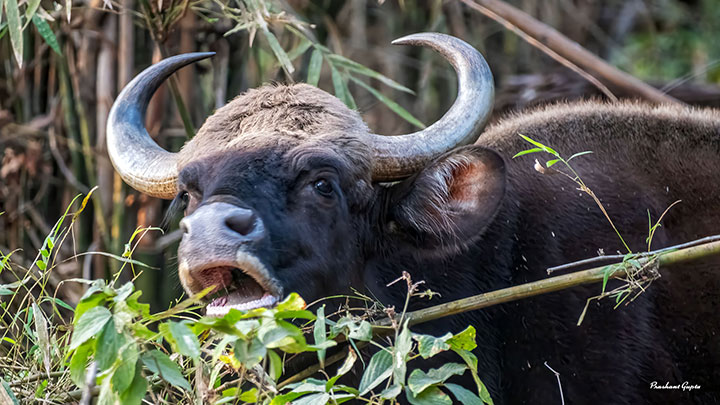
In the diverse ecosystem of Kanha National Park, where the majestic tiger and the elusive leopard often steal the limelight, the jackal remains one of the park’s most adaptable and intriguing inhabitants. Jackals, with their keen survival instincts and omnivorous diets, play a crucial role in the ecological balance of the park. The species of jackal found in Kanha National Park is the Golden Jackal (Canis aureus). Characterized by their golden-rufous coat, these medium-sized canids are a common sight in the park, often spotted scavenging or hunting in the early mornings and late evenings. Few images of these which I captured through my lens.
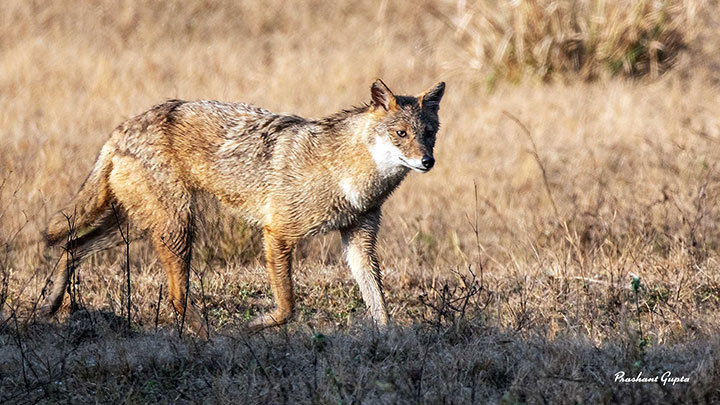
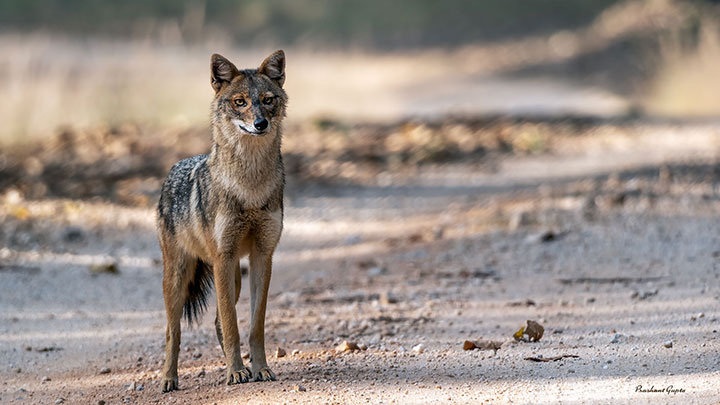
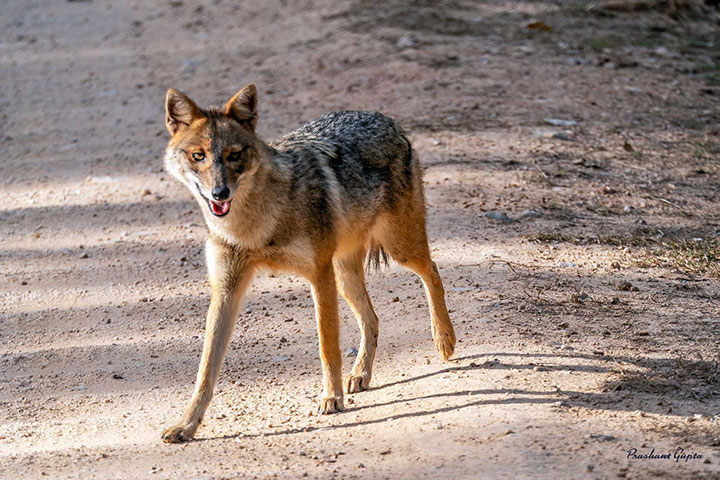
Kanha National Park, one of India’s largest and most renowned national parks, is a sanctuary for a wide array of wildlife. Among its diverse inhabitants, the Sloth Bear (Melursus ursinus) holds a special place. These shaggy, nocturnal bears are one of the most fascinating creatures in the Indian subcontinent, and Kanha offers a rare opportunity to observe them in their natural habitat.
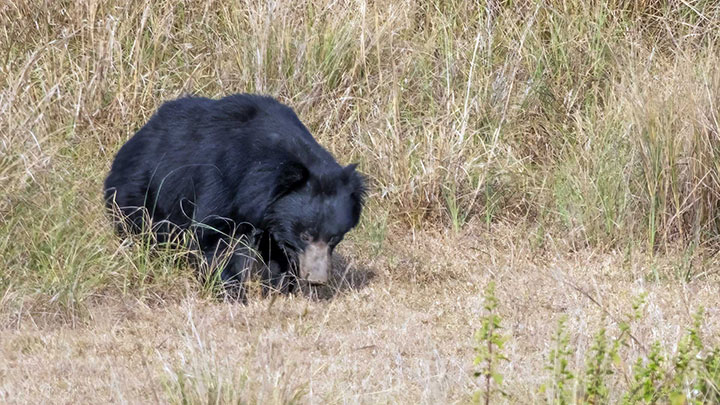
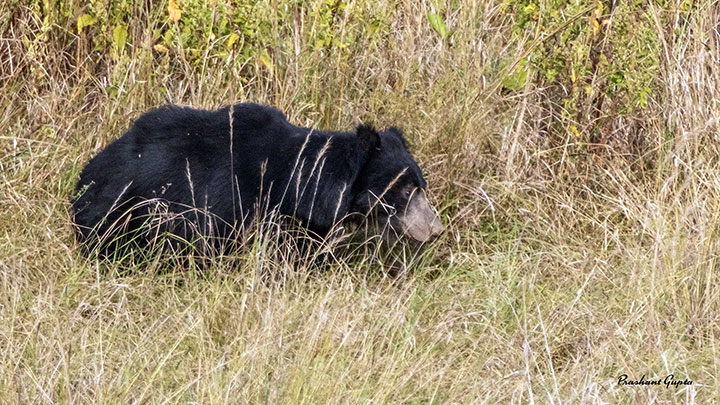
The Sambar Deer (Rusa unicolor) is one of the most majestic and largest deer species native to the Indian subcontinent, Southeast Asia, and parts of China. In the diverse ecosystems of India’s forests, including the renowned Kanha National Park, the Sambar plays a pivotal role, both as a key prey species for apex predators like tigers and leopards, and as a significant herbivore influencing vegetation dynamics.
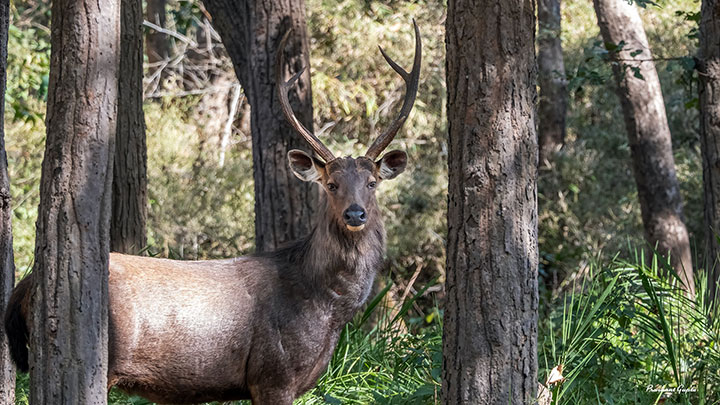
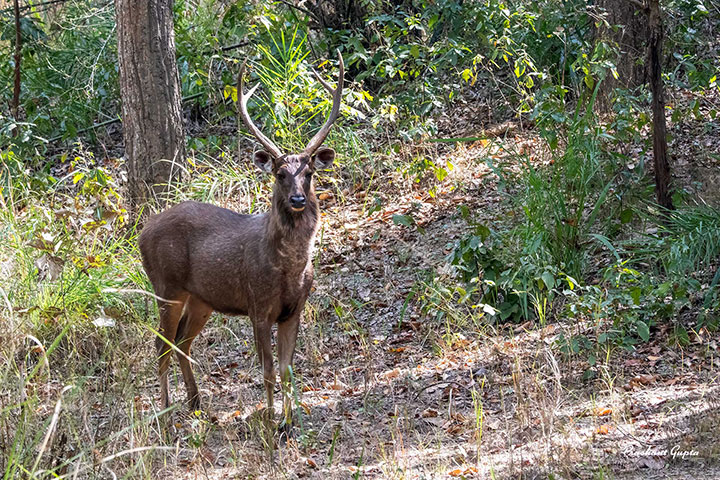
The Spotted Deer, or Chital (Axis axis), is among the most common and visually striking inhabitants of the Indian subcontinent’s forests, including the diverse ecosystems of Kanha National Park. Known for their beautiful rust-colored coat dotted with white spots, these deer are not just a crucial part of the food web but also a symbol of the rich biodiversity found in Indian wildlife reserves.
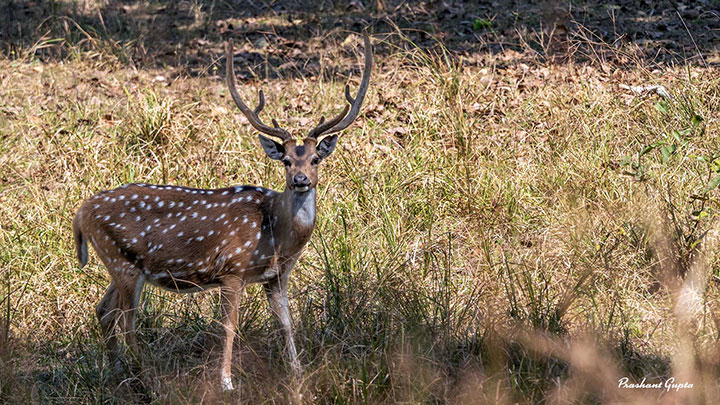
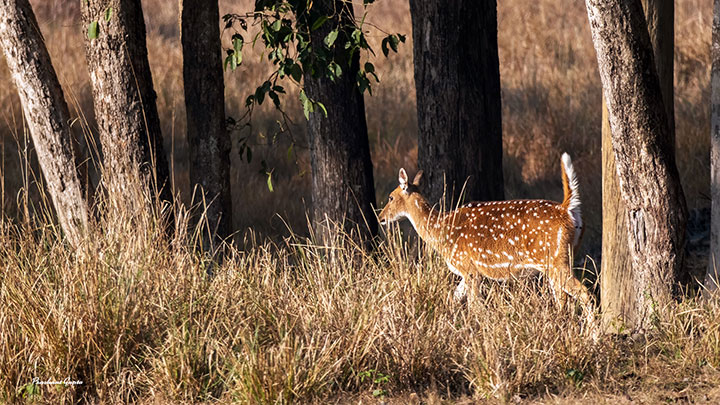
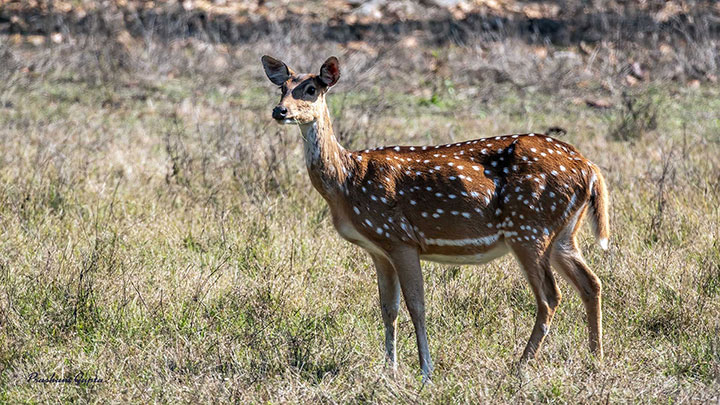
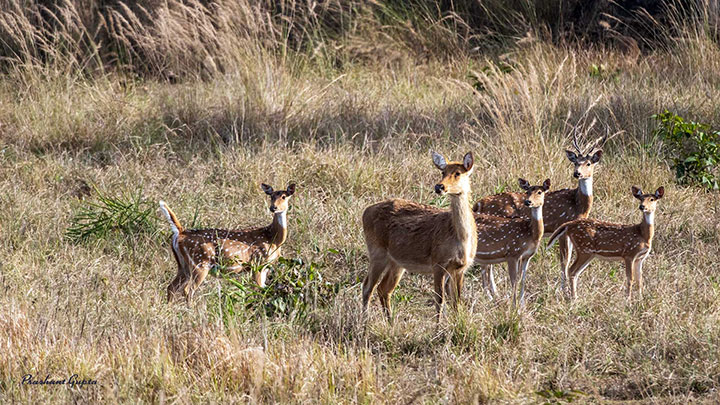
The Wild Boar (Sus scrofa), often portrayed in folklore and literature as a symbol of ferocity and strength, is a vital component of the biodiversity in Kanha National Park. These robust creatures are not only key to maintaining the ecological balance but also form an essential link in the food chain.
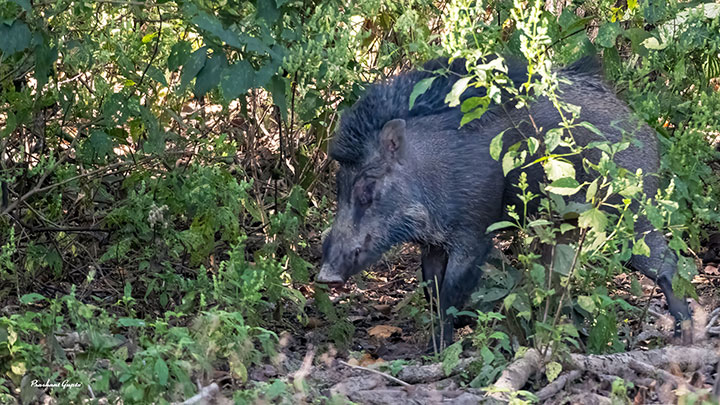
Kanha National Park, a sanctuary for diverse wildlife in the heart of India, is home to several species of langurs, primarily the Hanuman langur (Semnopithecus entellus), also known as the Gray langur. These primates are not just a vital part of the park’s ecosystem but also a fascinating subject for wildlife enthusiasts and researchers.
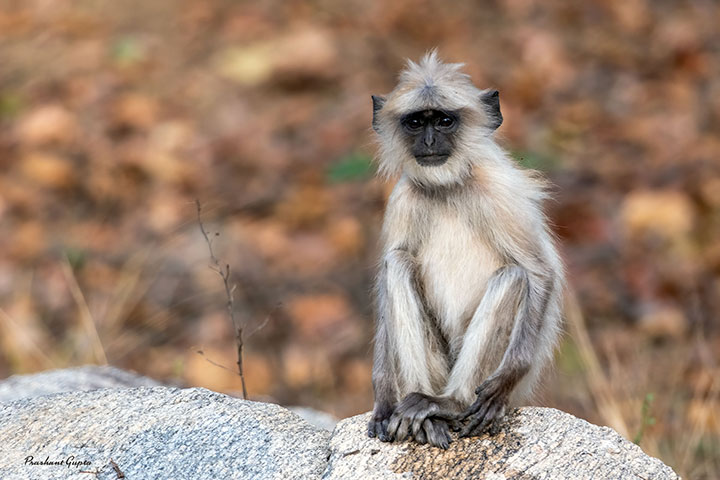
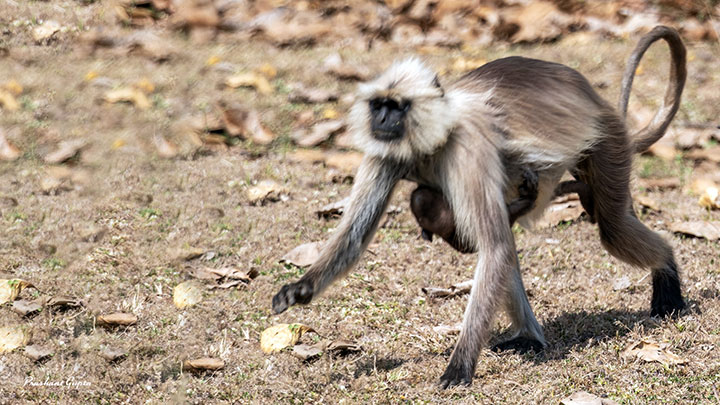
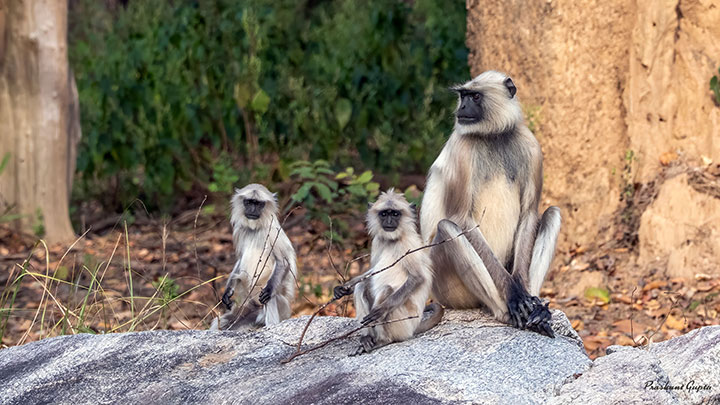

The Blackbuck (Antilope cervicapra), with its striking coloration and spiraled horns, is one of the most elegant and eye-catching antelopes in the Indian subcontinent. Once widespread across India, the blackbuck now thrives in protected areas and is an iconic species in Indian wildlife.
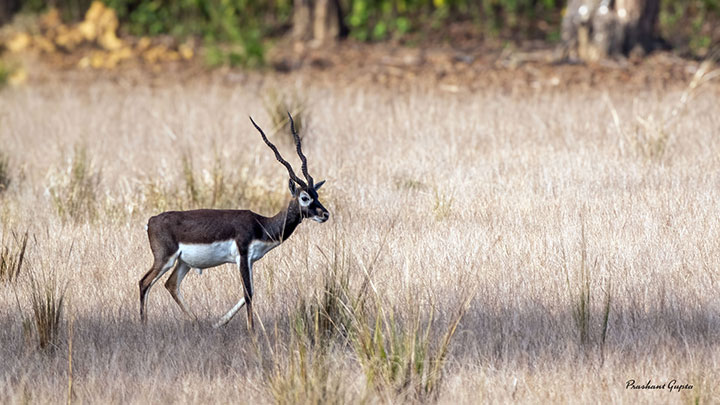
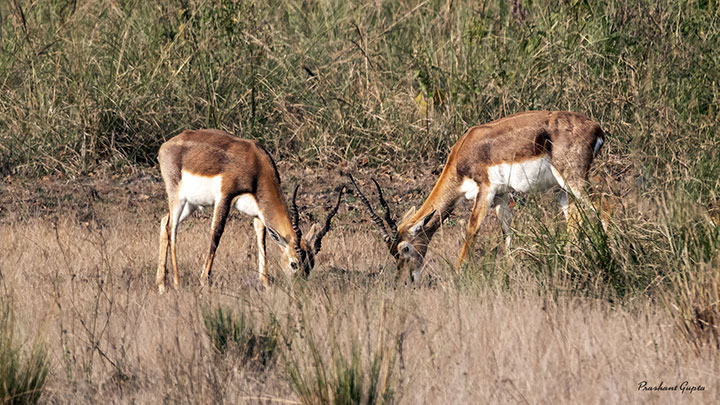
The allure of exploring the dense and vibrant jungles of Kanha National Park from the back of an elephant is an experience unparalleled in the realm of wildlife adventures. This unique form of patrol, not only vital for conservation efforts and park management but also a thrilling opportunity for visitors, offers an intimate glimpse into the lives of the park’s myriad inhabitants.
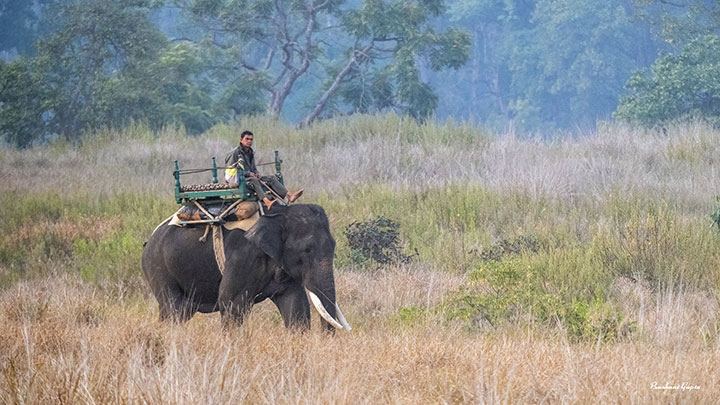
The park’s diverse ecosystems, including vast grasslands, dense forests, and meandering streams, provide the perfect habitat for an astonishing variety of birds. From the vibrant plumage of peafowls to the melodious calls of the songbirds, Kanha is a paradise for those looking to immerse themselves in the avian world. I could site and photograph only a handful and here they are.
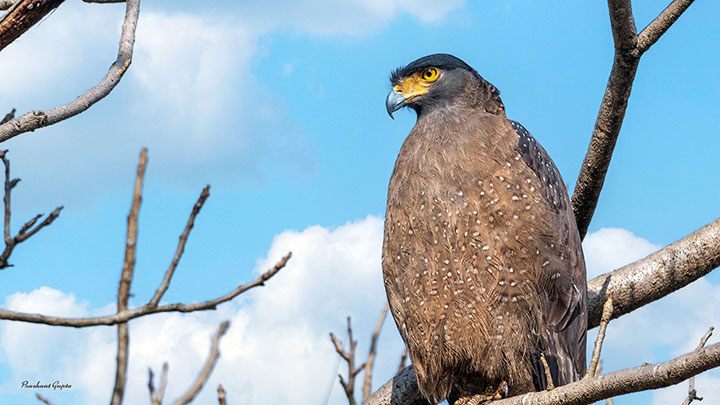
Crested Serpent Eagle
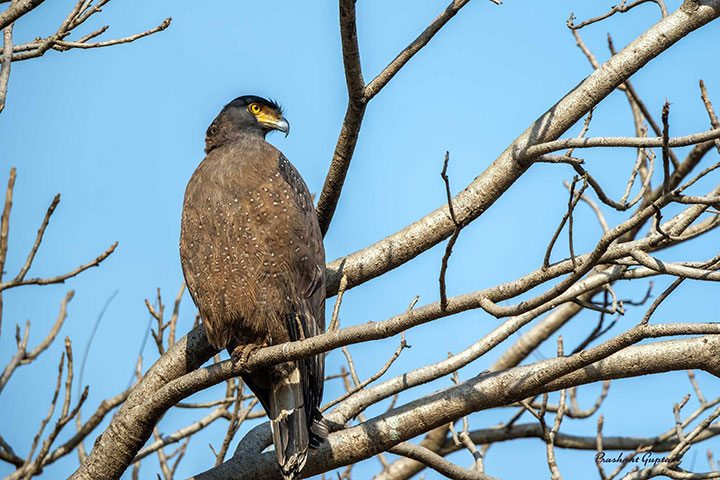
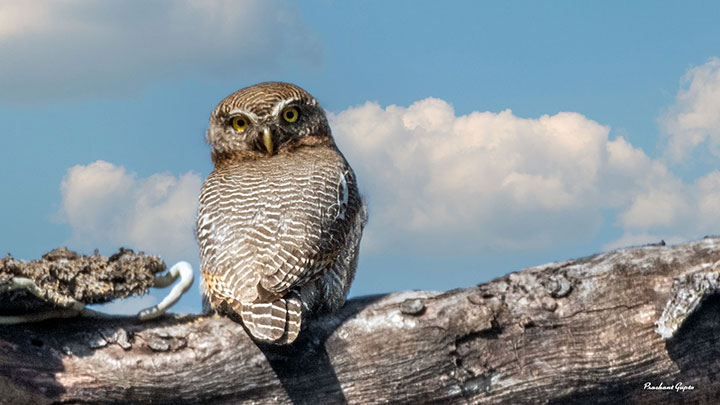
Jungle Owlet
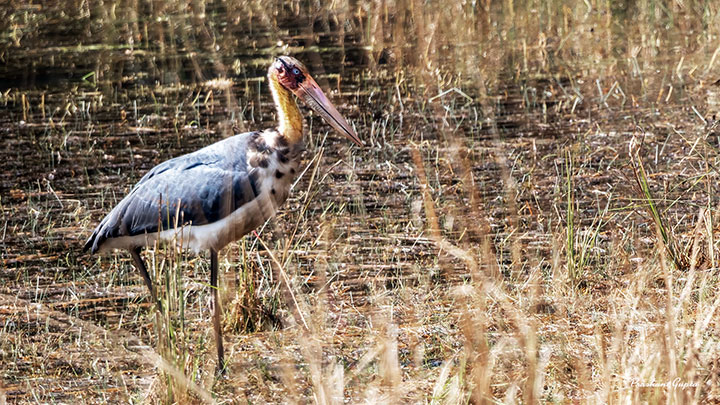
Lesser Adjutant Stork
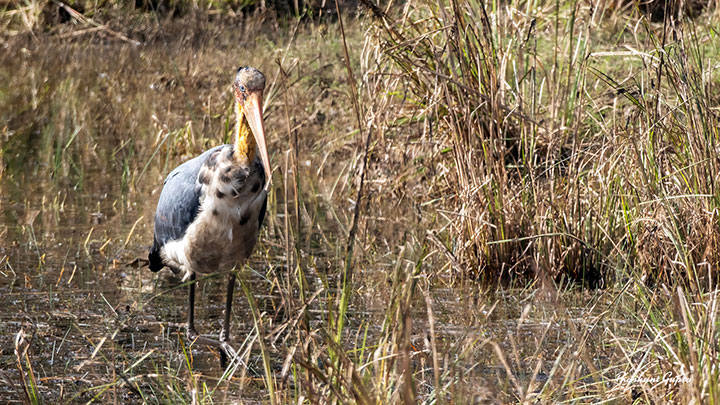
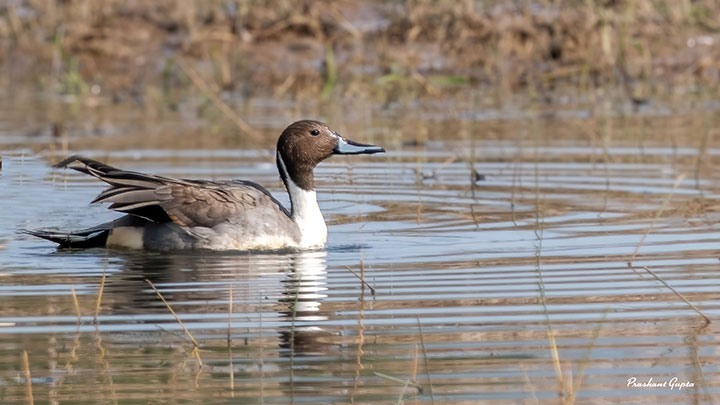
Northern Pintail Duck

Safari Experiences: Journey Through the Jungle

Kanha offers two main types of safaris: Jeep and Elephant. Jeep safaris are the most popular, providing flexibility and the ability to cover more ground. Elephant safaris, on the other hand, offer a unique perspective, bringing you closer to wildlife, especially the elusive tiger.
- Morning Safaris: Starting early in the morning, this is your best chance to see the jungle in its most active state. The chorus of birds, the fresh trails of nocturnal animals, and the misty forests create a magical environment.
- Evening Safaris: As the day cools down, animals come out to graze or hunt, presenting excellent wildlife viewing opportunities. The golden hour also provides stunning lighting for photography.
Accommodation: Staying in the Lap of Nature
From luxury resorts to eco-friendly lodges, Kanha has a range of accommodations. Staying near the park, you’re often treated to sounds of the jungle and maybe even a visit from some of its non-human residents!
Best Time to Visit
The best time to visit Kanha National Park is from October to June, with the peak wildlife spotting season being March to May. The park is closed during the monsoon season from July to September.
A safari in Kanha National Park is more than just a wildlife excursion; it’s an immersion into nature. It’s a reminder of the beauty and fragility of the wild spaces left on our planet. Whether you’re a wildlife photographer, a nature enthusiast, or just someone looking to escape the hustle of city life, Kanha promises an experience that’s both exhilarating and humbling.
So, are you ready for an adventure in the wild? Kanha awaits!

That’s me at Kanha. Will return with a new blog soon. Best Wishes
What a great travelogue Prashant. As always you have provided a detailed description of the park and it’s inhabitants embellished with beautiful pics of the flaura and fauna. Thanks a ton. I do hope we get a chance to visit it too
Wonderful. As usual written in your true style